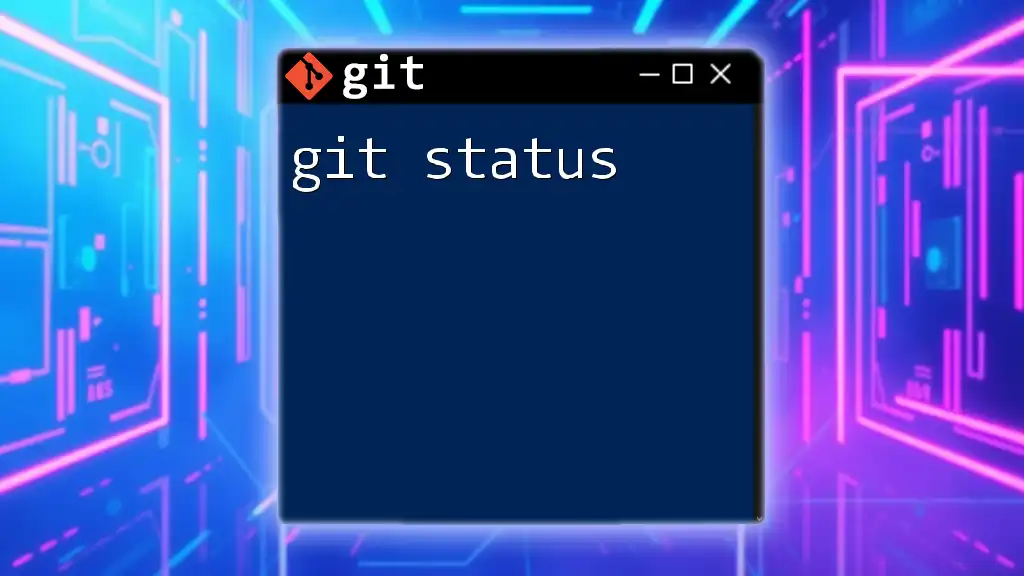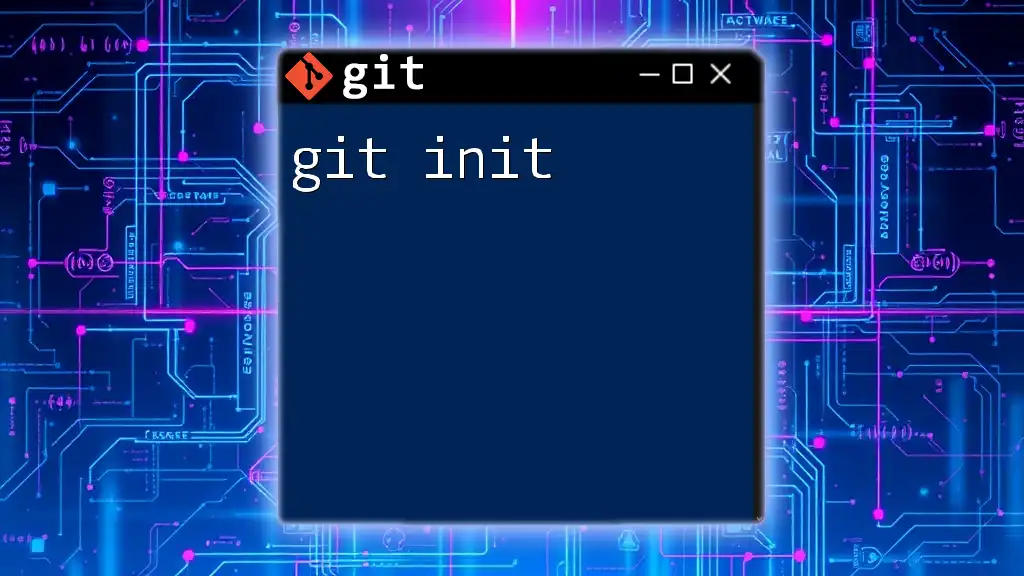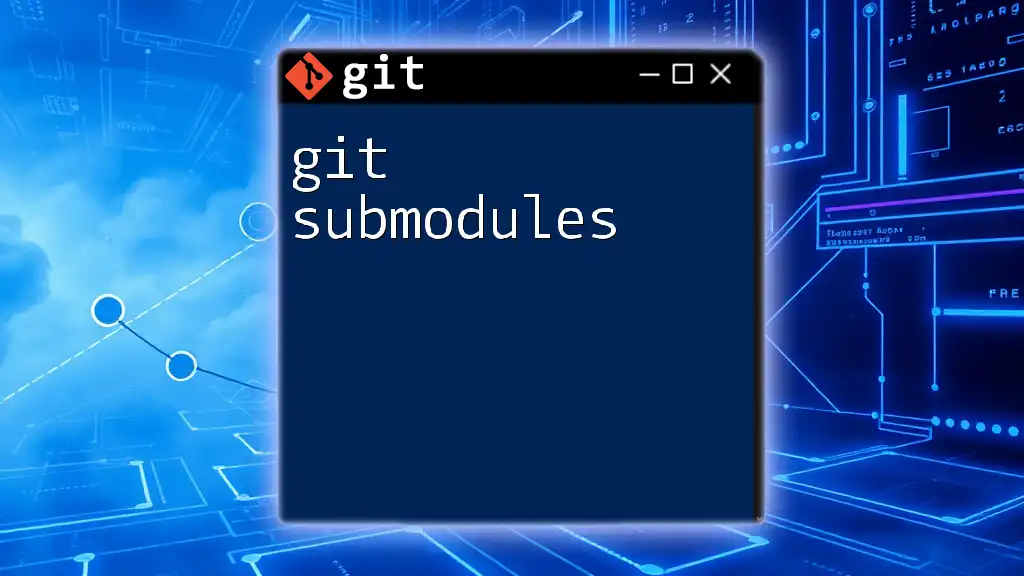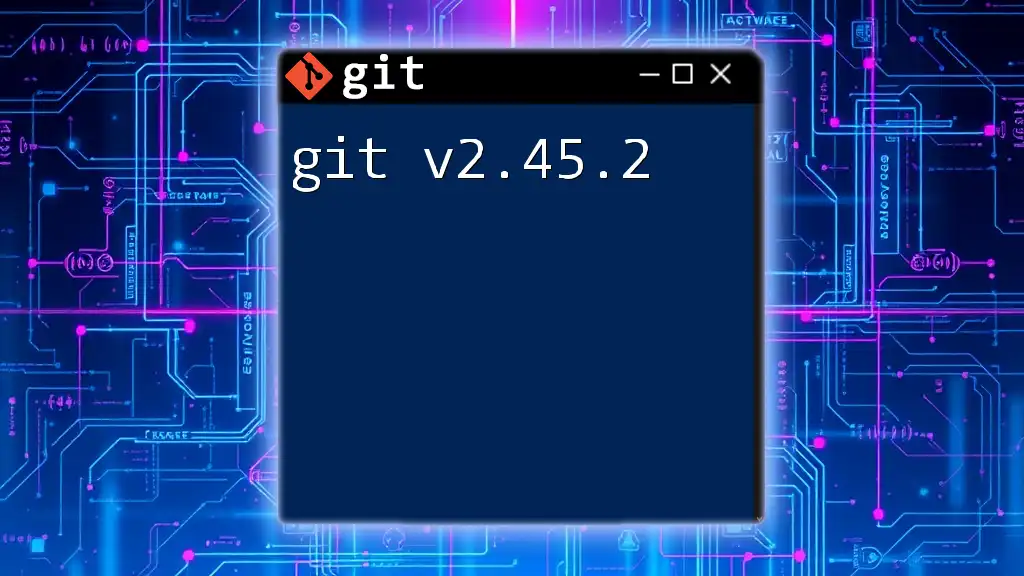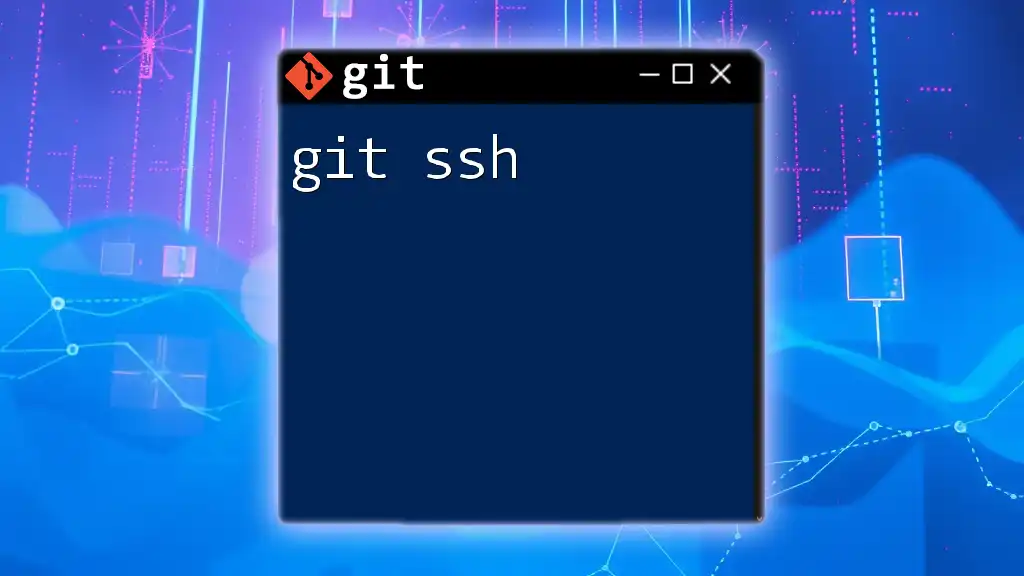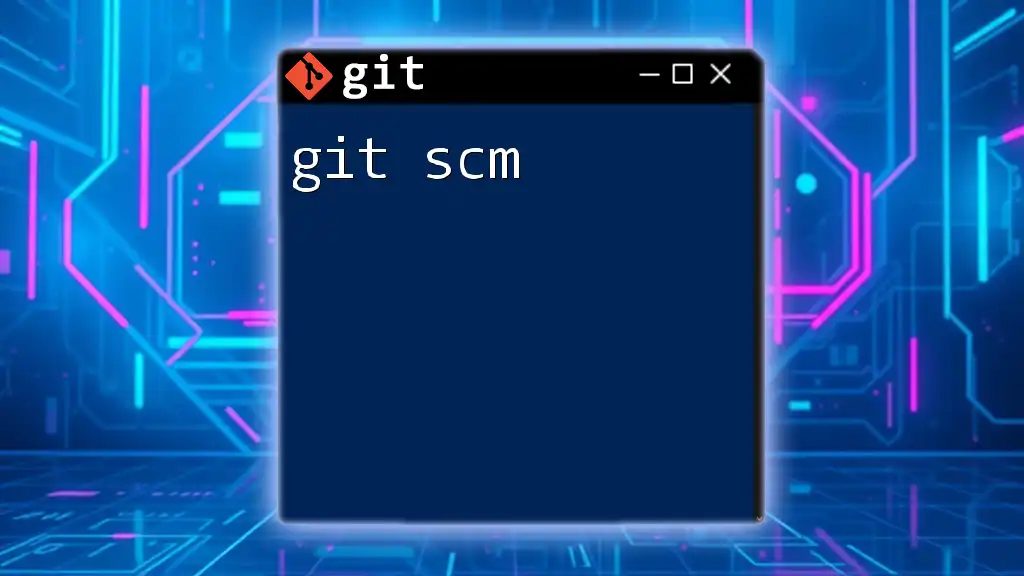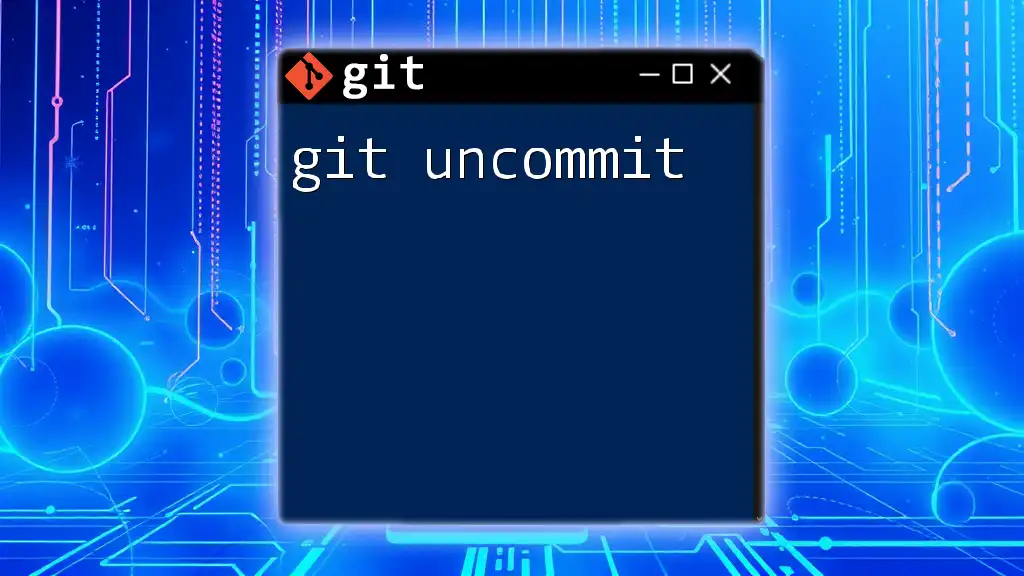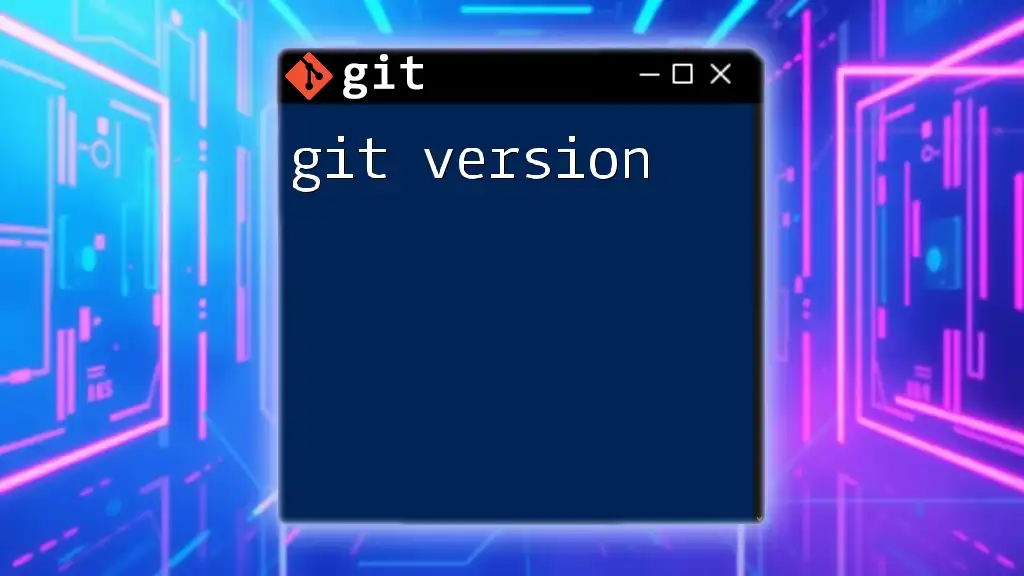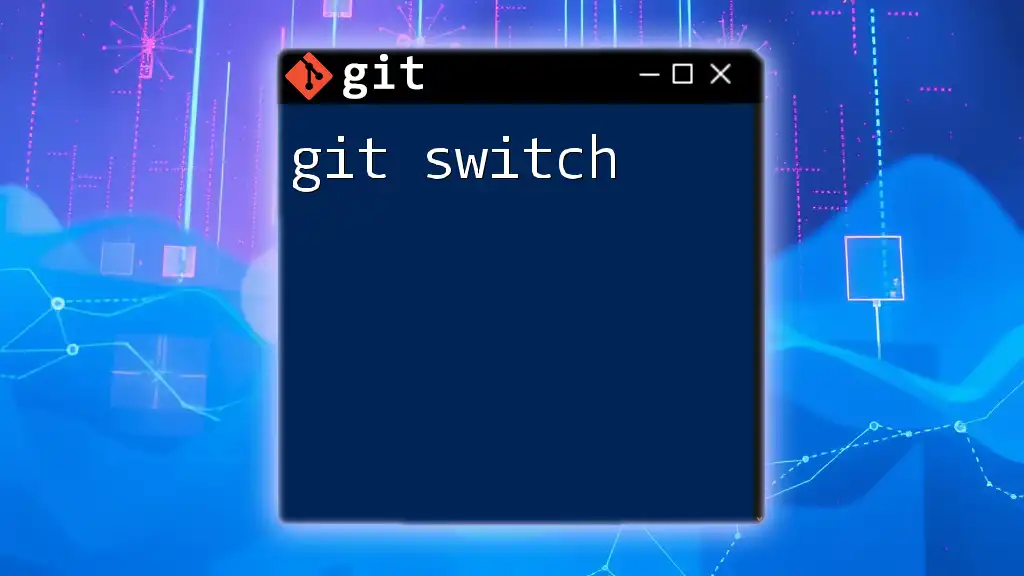`git svn` is a tool that allows you to use Git to interact with Subversion (SVN) repositories, enabling you to take advantage of Git’s features while still collaborating with SVN users.
git svn clone https://svn.example.com/repo/trunk --stdlayout
What is Git SVN?
Git SVN is a command that acts as a bridge between Git, a distributed version control system, and SVN (Subversion), a centralized version control system. By using `git svn`, developers can bring the benefits of Git's powerful features—like branching, merging, and offline work—while still interacting with an SVN repository.
Why Use Git SVN?
Utilizing `git svn` allows developers to enjoy the flexibility of Git while collaborating on projects managed in Subversion. Benefits include:
- Local Work: Developers can work locally in Git and commit changes to SVN when ready, which enhances productivity.
- Better History Management: Git's capabilities for viewing history and changes make it easier to track project evolution.
- Branching Ease: Git's powerful branching model allows for easier experimentation compared to typical SVN workflows.
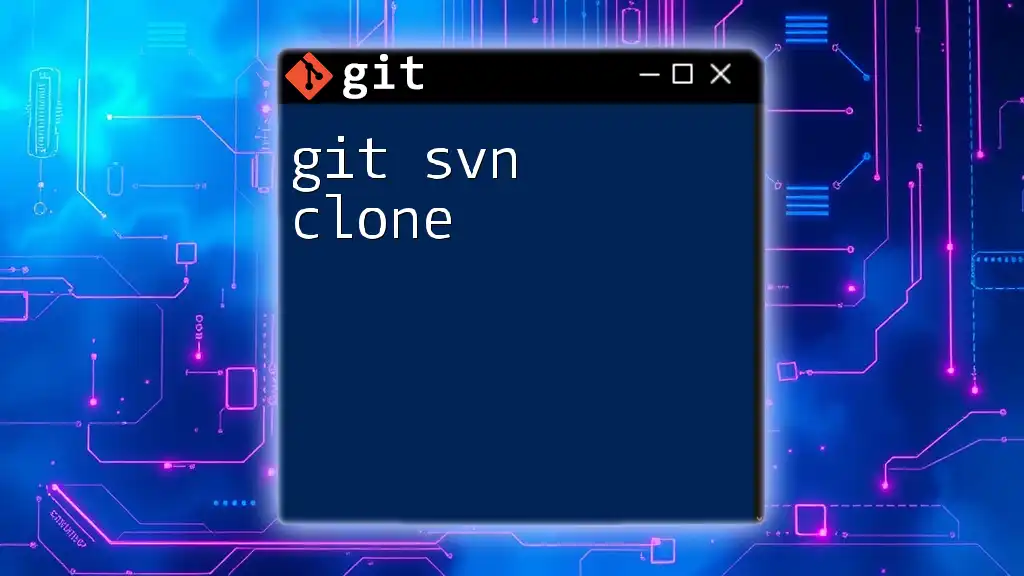
Setting Up Git SVN
Requirements for Using Git SVN
Before you dive into `git svn`, ensure you have both Git and SVN installed on your system. If you're unfamiliar with the command line interface, consider practicing basic commands, as much of `git svn` usage is done through the terminal.
Basic Configuration
Once you have the necessary software, set up your Git SVN environment. Start by configuring the SVN remote. Use the following command:
git config --global svn-remote.svn.url <SVN_REPOSITORY_URL>
Replace `<SVN_REPOSITORY_URL>` with the actual URL of your SVN repository. This command tells Git where to find the SVN repository.
Cloning an SVN repository
To clone an existing SVN repository into your local Git repository, you can use the command:
git svn clone <SVN_REPOSITORY_URL> --stdlayout
The `--stdlayout` flag is helpful if the SVN repository follows the standard structure of `trunk`, `branches`, and `tags`. If your repository has a custom layout, you may need to specify the exact locations.
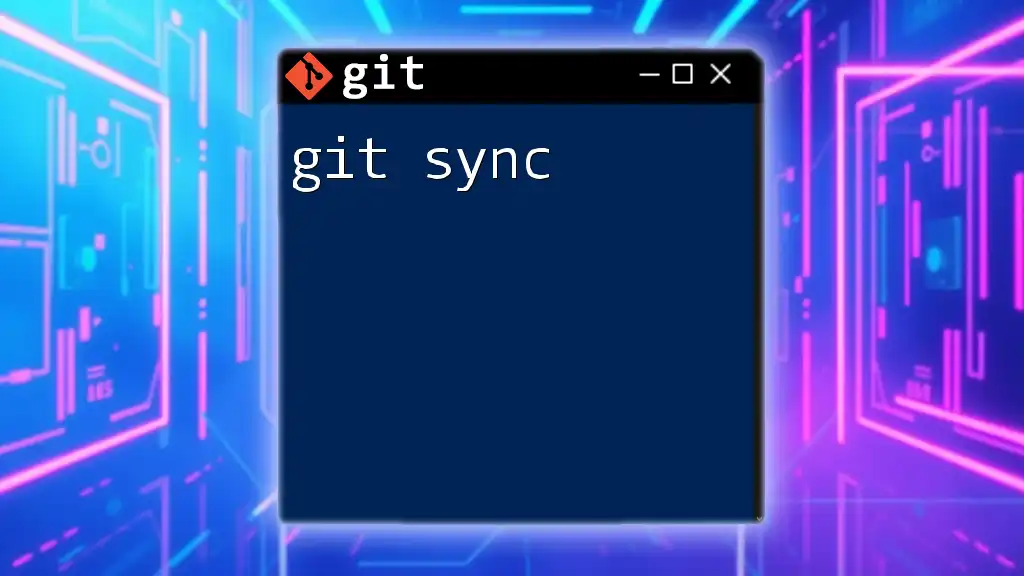
Working with Git SVN
Fetching Updates from SVN
To keep your local repository up to date with the latest changes made in SVN, you'll frequently need to fetch updates. Use the command:
git svn fetch
When you execute this command, Git will retrieve any new commits from the SVN repository and integrate them into your local Git history. This process allows you to work with the latest code while leveraging the benefits of Git.
Committing Changes to SVN
After making changes in your local Git repository, you'll want to send those changes back to the SVN repository. For this, use:
git svn dcommit
The `dcommit` command stands for "direct commit" and will push your local commits to the SVN repository. It’s essential to understand that `dcommit` will only include commits that were fetched from the SVN repository after the last commit.
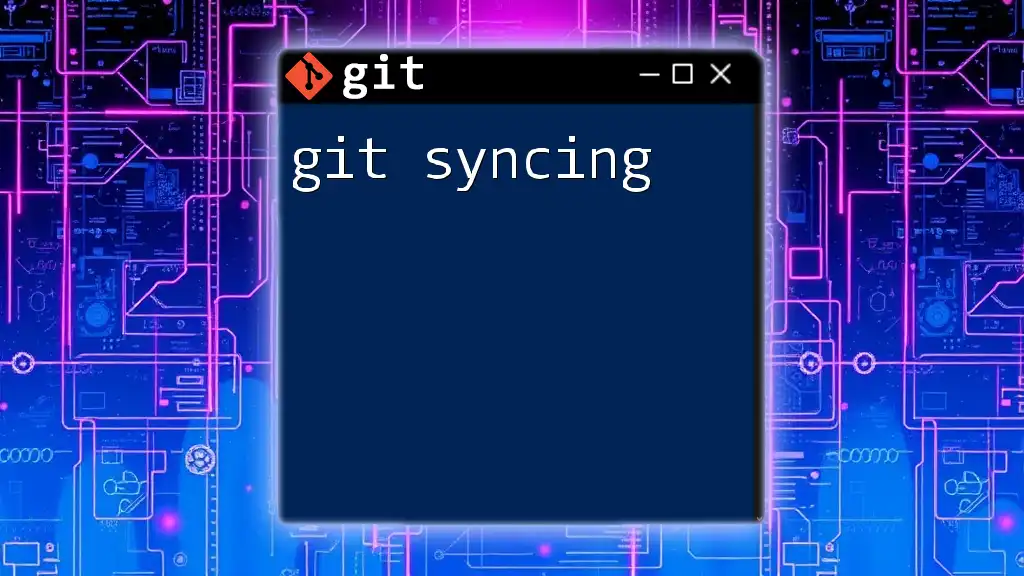
Common Git SVN Commands
Familiarizing yourself with the following essential `git svn` commands will enhance your workflow:
-
`git svn fetch`: Retrieves changes from the SVN repository.
-
`git svn dcommit`: Commits your local changes back to the SVN repository.
-
`git svn rebase`: Incorporates changes from the SVN repository while preserving your local commits.
git svn rebase -
`git svn branch`: Helps you to manage branches corresponding to SVN branches.
Using these commands correctly is crucial as each one helps maintain a smooth workflow between Git and SVN, particularly regarding commit history and conflict resolution.

Handling Branches with Git SVN
Understanding Branch Mapping between Git and SVN
Git's branching model is more flexible compared to SVN's. In a typical setup, SVN maintains a single branch (trunk) while Git encourages multiple branches for experimentation. Understanding this difference is key to efficiently using `git svn`.
Creating and Managing Branches
If you want to create a new branch in SVN while tracking it in Git, you can do so with:
git svn branch <branch_name>
This command establishes a new branch in SVN and makes it available for tracking in your Git repository. Switching between branches is straightforward, but be sure to stay updated with remote changes to avoid conflicts.

Troubleshooting Common Issues
Common Problems and Solutions
When working with `git svn`, you may encounter a few common issues:
-
Mismatched histories: This can occur if a lot of changes happen in SVN while you were working locally in Git. Address this by fetching updates before attempting to commit.
-
Merge conflicts: Just like with Git, conflicts can arise when multiple developers are making changes. If you experience a conflict, resolve it locally, then commit the changes to SVN.
git mergetool
- Handling untracked files: Make sure to track any new files before committing to avoid issues.
Debugging Tips
Use the following command to check the status of your Git SVN working directory:
git svn info
This can provide valuable insight into the current state and help diagnose issues effectively.
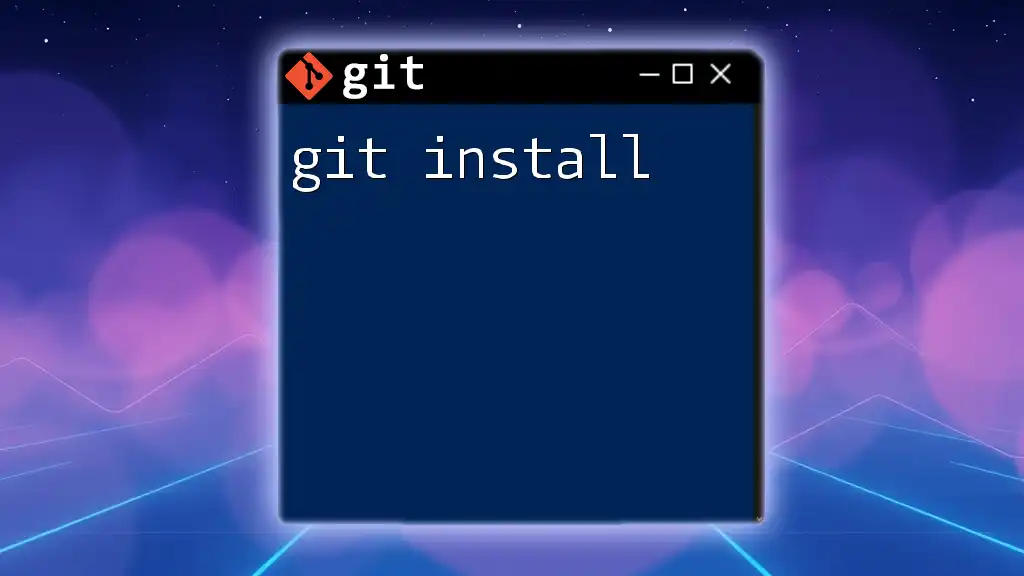
Best Practices for Using Git SVN
Efficient Workflow Strategies
To bridge the gap between Git and SVN effectively, consider the following strategies:
- Regularly fetch updates: Doing this frequently helps keep your local repository in sync with the SVN repository.
- Small and frequent commits: Maintain a clean project history by committing small changes often instead of large, bulky changes.
Keeping Your Commit History Clean
Writing clear and concise commit messages is essential. It helps collaborators understand the significance of each change. A good practice is to start your commit message with a summary followed by a detailed explanation if necessary.
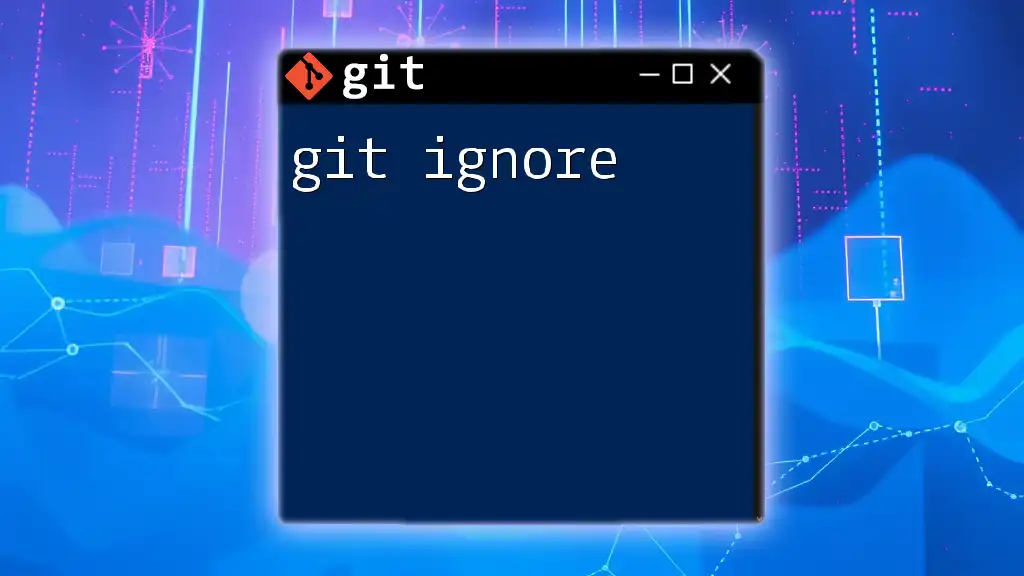
Conclusion
Mastering `git svn` is highly beneficial for developers navigating projects with a mix of Git and SVN. By understanding how to set it up and utilize its commands effectively, you can enhance productivity while collaborating in a multi-version control environment.
Resources for Further Learning
For additional study, you may find the following resources useful:
- Official Git Documentation before integrating it with SVN.
- SVN documentation for understanding how SVN operates.
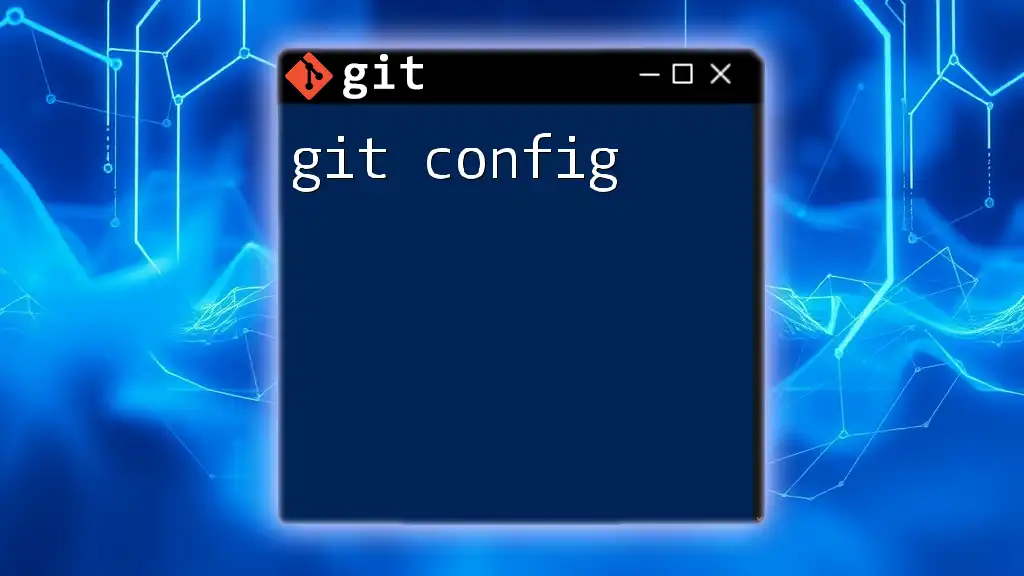
FAQs
What are the limitations of using git svn?
While `git svn` allows for interaction with SVN repositories, it may not support all SVN features, like certain hooks or fine-grained permissions. As a result, it's crucial to assess if `git svn` meets the needs of your specific project.
Can I use git svn for large repositories efficiently?
Using `git svn` with large repositories might lead to performance issues during fetch operations. It’s essential to periodically clean up old branches in both Git and SVN to maintain speed and efficiency.







